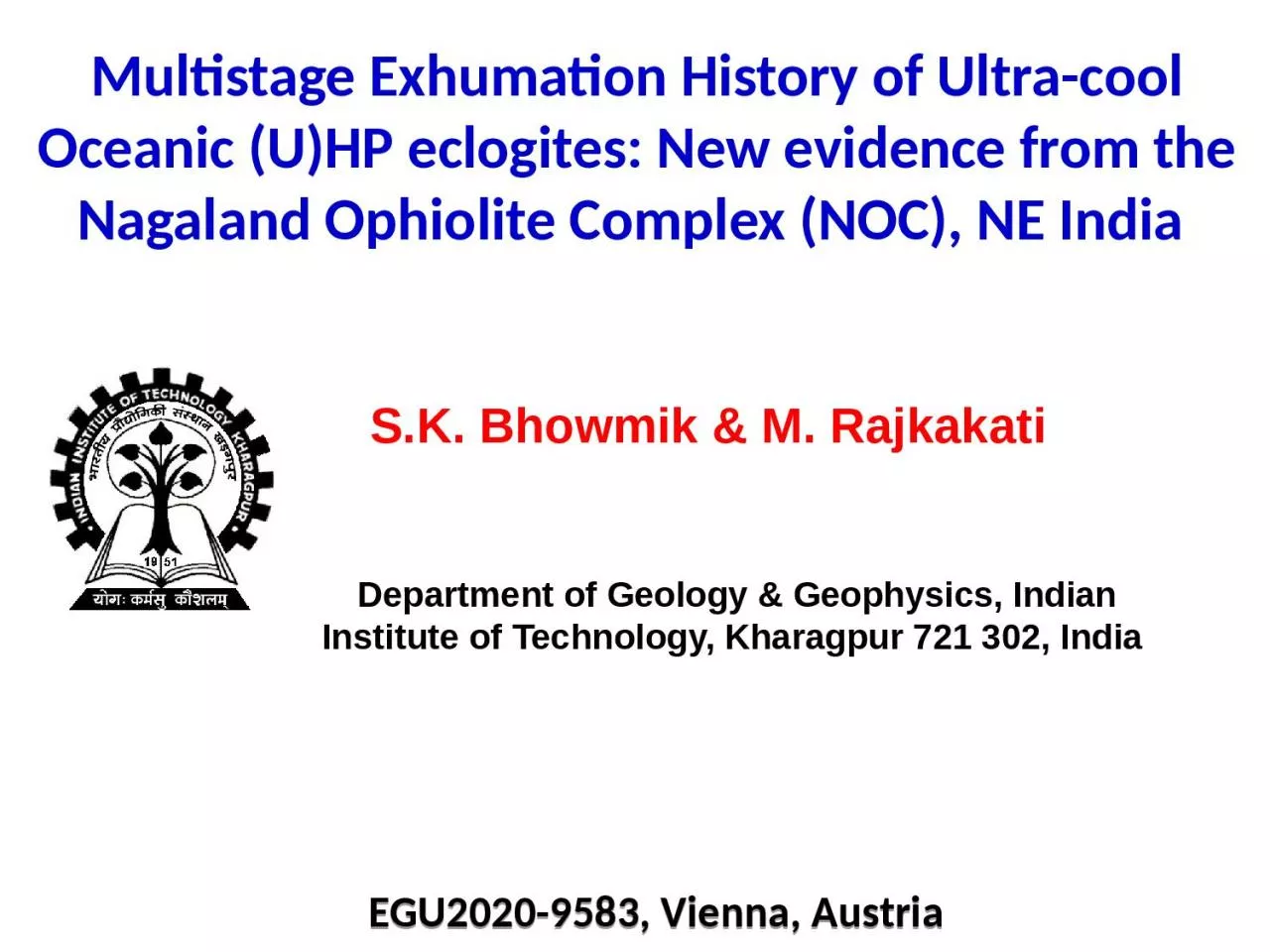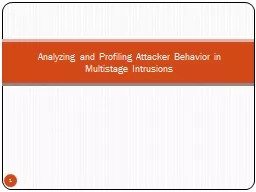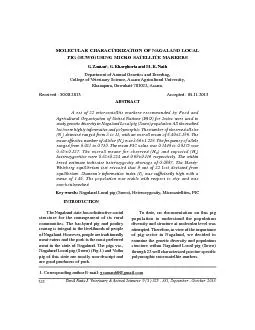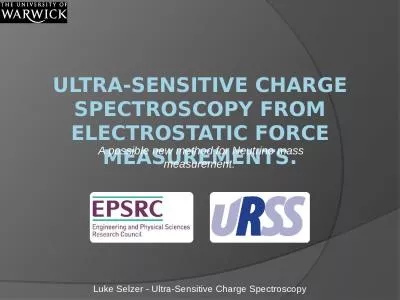PPT-Multistage Exhumation History of Ultra-cool Oceanic (U)HP eclogites: New evidence from
Author : LadyInRed | Published Date : 2022-08-03
EGU20209583 Vienna Austria Department of Geology amp Geophysics Indian Institute of Technology Kharagpur 721 302 India SK Bhowmik amp M Rajkakati Nagaland
Presentation Embed Code
Download Presentation
Download Presentation The PPT/PDF document "Multistage Exhumation History of Ultra-c..." is the property of its rightful owner. Permission is granted to download and print the materials on this website for personal, non-commercial use only, and to display it on your personal computer provided you do not modify the materials and that you retain all copyright notices contained in the materials. By downloading content from our website, you accept the terms of this agreement.
Multistage Exhumation History of Ultra-cool Oceanic (U)HP eclogites: New evidence from: Transcript
Download Rules Of Document
"Multistage Exhumation History of Ultra-cool Oceanic (U)HP eclogites: New evidence from"The content belongs to its owner. You may download and print it for personal use, without modification, and keep all copyright notices. By downloading, you agree to these terms.
Related Documents














